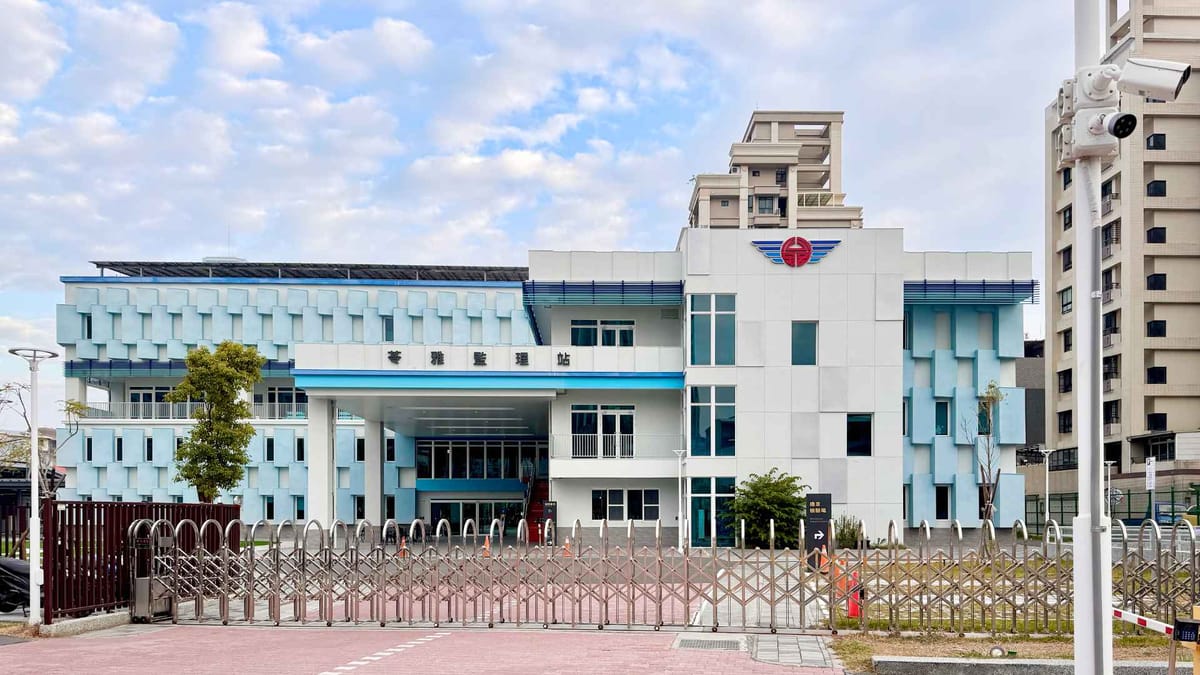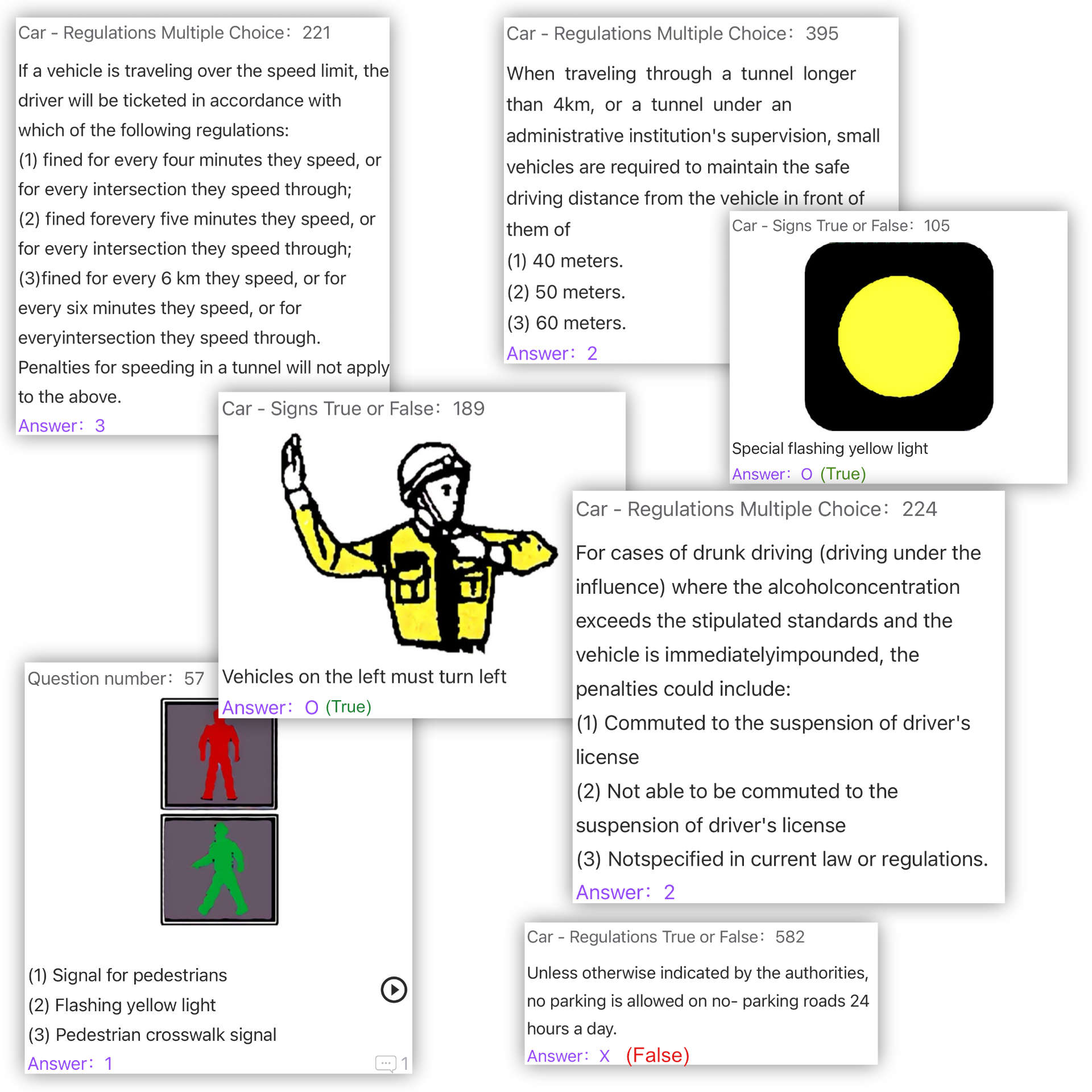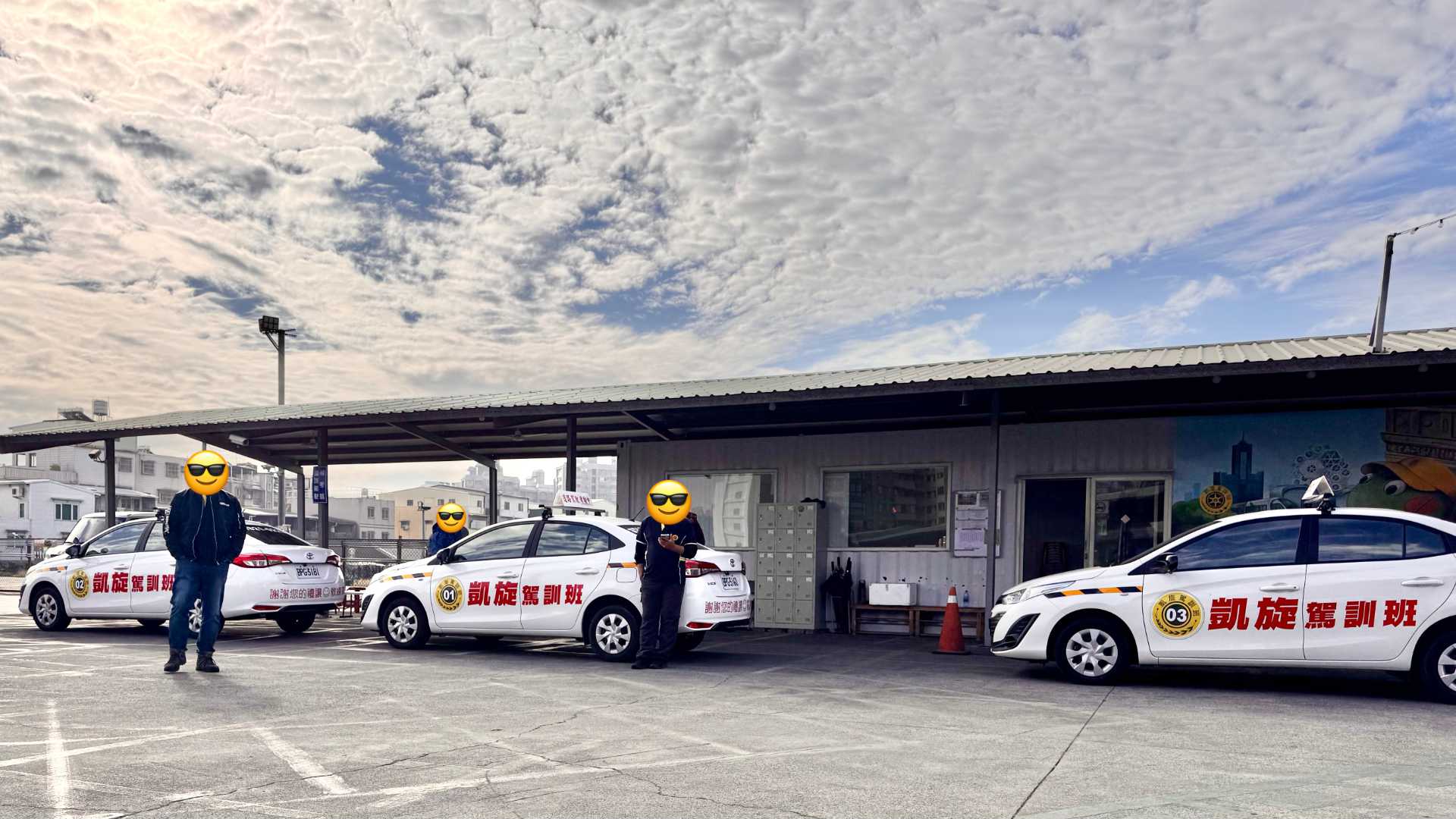Driving School Diaries, Part V
In which I get my Taiwan car driver’s license…

After 1,500 minutes driving around a track, plus some last-minute circuits on the actual road, at 7:40am today I was ready.
Per instructions, I met the other students and teachers at Lingya District’s new Motor Vehicles Office, ironically in Sanmin District.
It was a cool morning—around 13ºC—and we were standing outside. The guy next to me was shaking from nervousness, the cold, or both.
There were 78 students in total. The driving school manager did a roll call and corralled everyone else into rows. As the only non-Chinese speaker, I was left to one side, awaiting further instructions.
The manager gave an unexpected lecture. My English-speaking coach, who was standing next to me, translated intermittently: “She says lose 32 points if not wearing safety belt”; “She says lose 32 points if no signal light”; and so on.
These were tips for the practical tests that awaited us back at the driving school, if we passed the theory test first.
Passing the theory test first
The first group of students was called upstairs. My coach pointed to some airport-lounge-style chairs through a second floor window, and said “Go to wait there”.
Upstairs, three other students were pulled aside and told to sit with me. They spoke Chinese and didn’t appear obviously foreign, but the third one had a blue Alien Residence Card—identifying him as an immigrant like me.
We were ushered into the test room. The computer stations were numbered 1 to 46.
As I gave my ID card to the examiners, the driving school manager burst in to the room calling out Yīngwén! (英文!), which means “English!”
The examiners kindly changed my language settings.
As I took the test, the door remained open for other students to enter and fill the room. We could leave as soon as we finished, so people were coming and going throughout.
A passing grade is 85%. I scored 95.
Here are some sample questions:

Once more around the track
The manager and my coach were waiting outside the test room. They were more excited about my passing grade than I was.
Perhaps they were surprised.
By now it was around 8:45am. They told me to head back to the school for the driving tests. On the way, I stopped my scooter at FamilyMart for a cold drink. I later regretted not buying two…
At the school, we were again filtered into six groups.
The sun was blazing and the wind was biting. Sitting on red plastic stools for about an hour, I felt hot and cold at the same time. Like others, I shaded my head with a blank assessment sheet as my feet turned to ice.
After another unexpected lecture, the first students were called forward. There were six cars on the track, for students from the six different groups.
From my front row seat, I watched as around half of the students failed, including the guy who’d been shaking outside the Motor Vehicles Office. Failures were easy to spot because some cars crossed the finish line with the examiner driving, instead of the student.
Having completed the test track more than 150 times, I felt uncharacteristically confident when my name was called.
But then…
The examiner—who only spoke Chinese—gestured for me not to touch the AC.
This was alarming: we’re not allowed to use the accelerator, so the AC had become an important tool for improving engine performance. With the added weight of another person in the micro-truck, I was anxious that its idling speed would be too low for a successful uphill start.
I was right. The micro-truck stalled.
I pointed at the AC controls and begged in rudimentary Chinese “Please can I use this?”
The supervisor said kěyǐ (可以), which means “can”.
I turned the AC to max, then executed a perfect uphill start on my second attempt.
A passing grade is 70%. After my AC fiasco, I scored 78.
Here’s a video of me completing the driving test track (at 4× speed). I recorded this during one of the practice rounds by wedging my phone between the headrest and the micro-truck’s rear window.
The inspected rubber meets the road
Having started with 78 students at the Motor Vehicles Office, by the time of the third test our numbers were dwindling. Failing any test means instant dismissal, then a one-week stand-down period before trying again.
Those of us who survived the first two rounds would undertake the road test in a car with an automatic transmission. No more micro-trucks for us!
The road test procedure is highly prescriptive. You start by inspecting under the car from all four sides, and inspecting the four tires.

Once in the driver’s seat, it’s necessary to check the headrest, seat, and mirror positions.
Then you must confirm the battery, brakes, engine temp, fuel level, and oil pressure are acceptable by pointing to the corresponding indicators on the dashboard. All while saying aloud what you’re doing.
The prescribed start-up sequence is counter-intuitive:
- Start the engine
- Pump the brakes twice
- Activate the turn signal
- Shift into to Drive
- Release the parking brake
In New Zealand, we’d do parts 3 to 5 in reverse order.
I never saw my scoring sheet, but I think I ended with a full 100 points in the bank. Nothing went wrong during the 10-minute circuit, and any common errors—like indicating too late, or touching the lane lines—would’ve caused an instant fail.
The route comprised single- and multi-lane roads, controlled intersections, and crossing light-rail tracks; along with the need to change lanes, park on the side of the road, and do a U-turn. The examiner doesn’t talk, so you need to remember where to go and what to do.
After I implemented the final stopping procedure (applying the parking brake before shifting into Park), the examiner—who retained a poker face throughout—handed me my ID card, said something in Chinese, and pointed at the office.
I walked inside. The two receptionists asked if I’d passed.
I said (in Chinese) “Because I don’t understand Chinese, I don’t know.”
The boss went outside to check, and came back smiling.
“Congratulations!” she said, in English.
